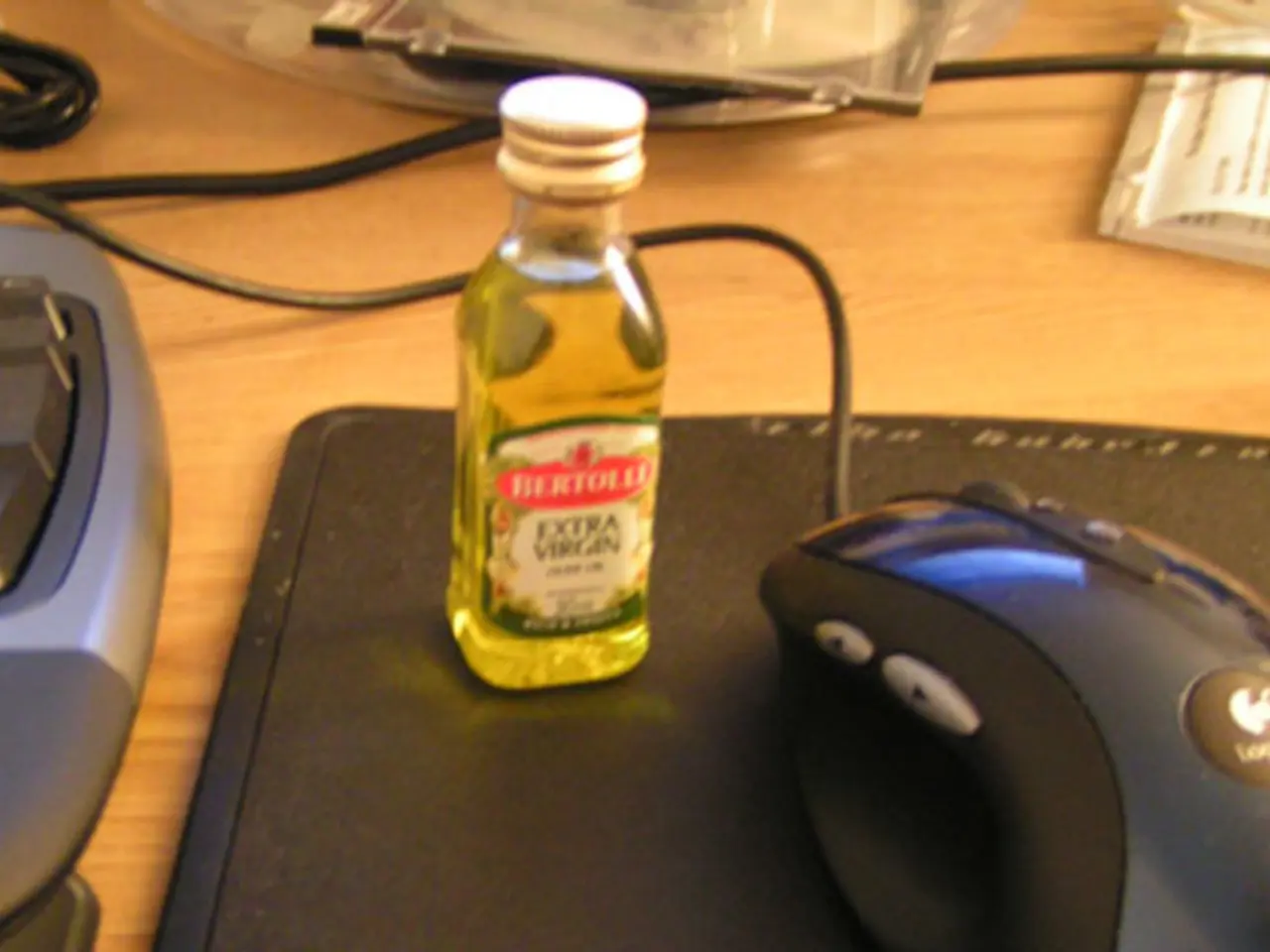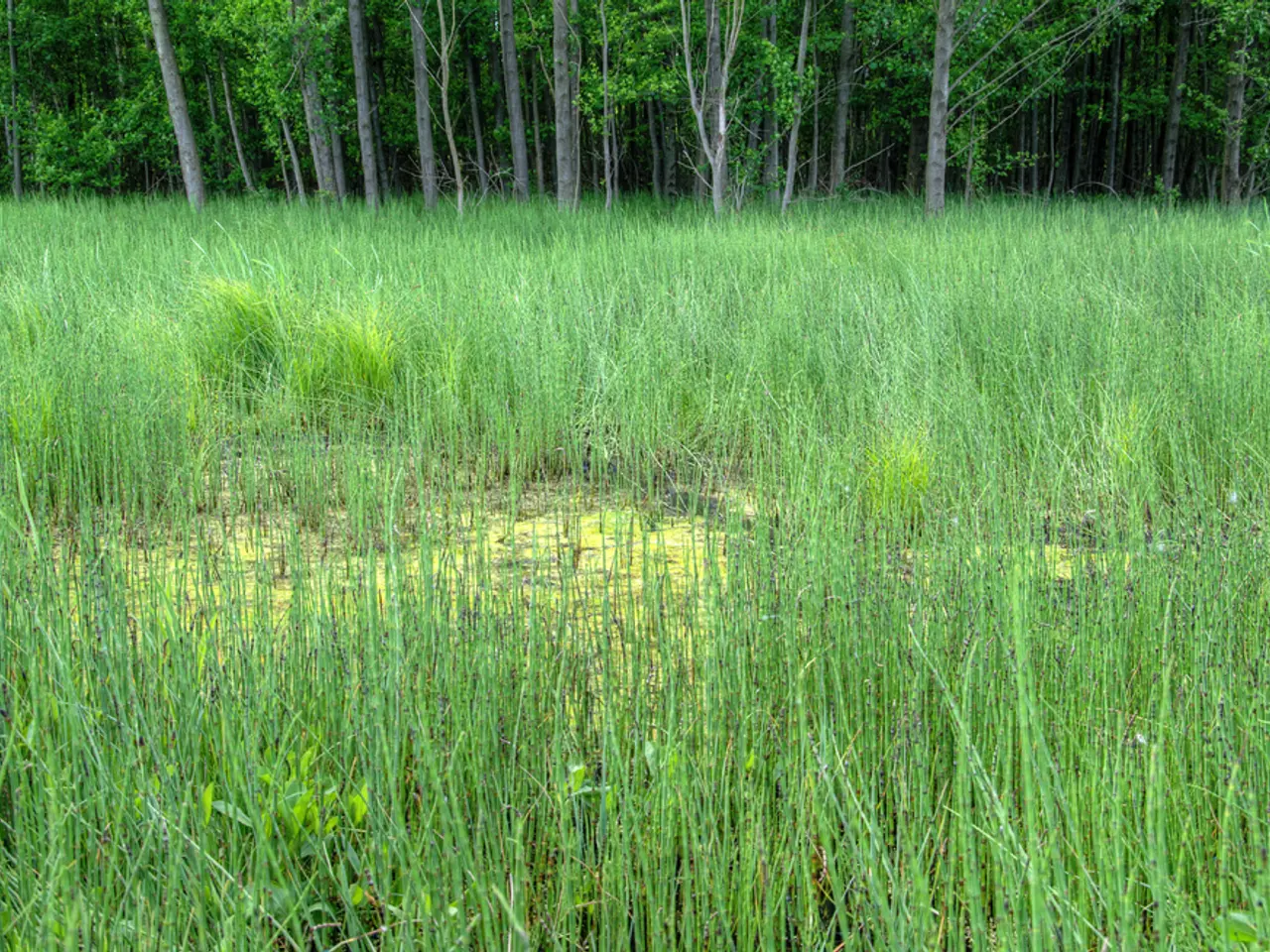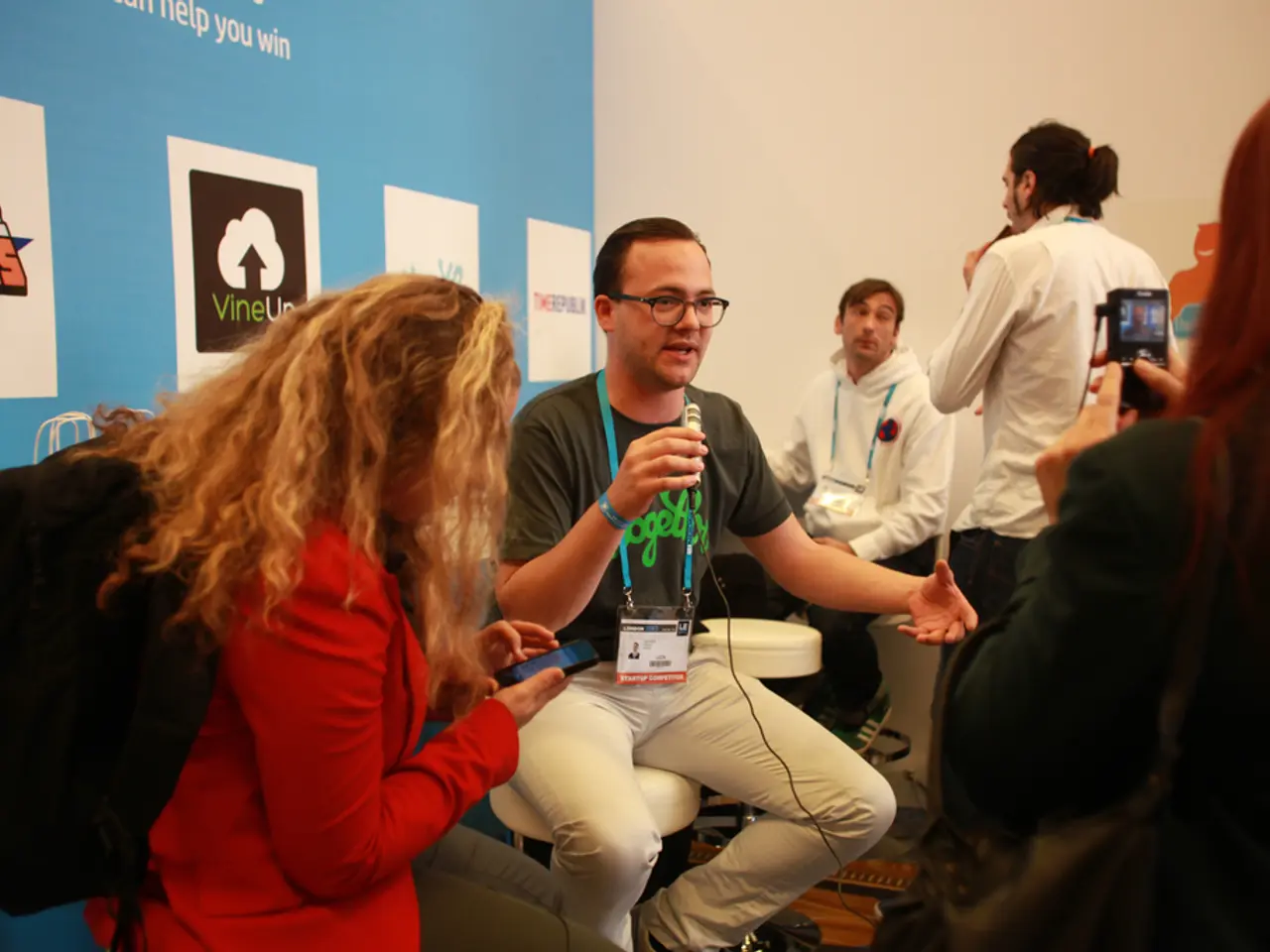Altering Undesirable Behaviors: Insights from Neuroscientific Perspectives
Breaking bad habits can seem like an insurmountable task, but neuroscience offers a compelling explanation for their formation and provides practical strategies to overcome them.
Habit formation is a complex process that involves brain systems and neuroplasticity. These brain circuits automate behaviours, enabling them to run on "autopilot" even when willpower fades. This is made possible by neuroplasticity, the brain's ability to change throughout life, which allows for building new habits or reshaping old ones at any age.
Two parallel learning systems drive habits. The first, a reward-based system, encourages repeating behaviours that lead to positive outcomes by releasing dopamine, a neurotransmitter. The second, a repetition-based system, reinforces these behaviours into automatic routines.
Studies with animals have shown that dopamine activity in the striatum, a midbrain region involved in movement and learning, is crucial for habit formation. When dopamine signalling in this area is disrupted, habit learning slows down.
Habits follow a trigger-behaviour-reward loop. The brain reinforces behaviours that provide a feeling of reward, even if the initial trigger is not a physical need but emotional states like stress or sadness. For example, eating junk food when stressed activates the same habit loop, making it hard to break unhealthy patterns.
The prefrontal cortex, a brain region responsible for logical thinking and self-control, weakens under stress. This allows more primitive brain areas to take over and promote automatic, unconscious habits—often bad ones.
Conscious awareness and thought pattern change are crucial in breaking bad habits. Recognising the thoughts driving bad habits helps in doubting and changing those patterns. By shining a light on triggers and habitual thought processes, people can "deprogram" unhelpful habits and reprogram new, healthier behaviours aligned with their goals.
Practical strategies informed by neuroscience include replacing bad habits with good ones that satisfy a similar need or reward, creating environments that remove cues triggering bad habits and introduce cues for good habits, and using mindfulness and stress management to strengthen prefrontal cortex function and reduce impulsive habit activation.
Mindfulness, a practice of paying deliberate attention to the present moment without judgment, can be a powerful tool in breaking bad habits. Incorporating mindfulness into daily activities can help in breaking bad habits, and seeking guidance through mindfulness-based programs or classes can deepen one's mindfulness practice.
Analyzing the reward associated with a bad habit helps identify alternative behaviours that can satisfy the same needs in a healthier way. Establishing a new habit loop that includes a different routine but maintains the same cue and reward can help break a bad habit.
The basal ganglia acts as a sort of habit-formation hub, storing associations for future reference. Mindful response to urges allows for a more deliberate and controlled reaction to the urge to engage in a bad habit.
In sum, neuroscience provides a biological framework for understanding why bad habits are hard to break—due to automatic brain circuits and dopamine-driven reinforcement—and offers tools to intervene, such as leveraging neuroplasticity, conscious awareness, and environmental design to build healthier habits and overcome destructive ones. This scientific understanding empowers lasting behaviour change by targeting the underlying brain mechanisms that govern habit formation and persistence.
[1] O'Doherty, J. P., Dayan, P., & Schultz, W. (2004). The role of dopamine in reward-predicting signals and reward-related learning. Nature Reviews Neuroscience, 5(11), 911-922. [2] Goldstein, A. H., & Volkow, N. D. (2011). The neurobiology of addiction: An introduction to the brain circuits involved in drug addiction. Journal of Neuroscience, 31(40), 14839-14842. [3] Hölzel, B. K., Lazar, S. W., Gard, T., Schuman-Olivier, Z., Vago, D. R., & Ott, U. (2011). How does mindfulness meditation work? Proposing mechanisms of action from a conceptual and neural perspective. Perspectives on Psychological Science, 6(6), 537-559. [4] Schonberg, S. (2017). The science of willpower: A research review. American Psychologist, 72(3), 184-195.
- Understanding habit formation requires examining brain systems and neuroplasticity, which automate behaviors and enable them to continue even when willpower diminishes during routine tasks.
- Two distinct learning systems govern habits, with the first operating based on rewards and encouraging repetition of behaviors that lead to positive outcomes.
- A crucial part in habit formation is dopamine activity in the striatum, a midbrain region involved in movement and learning, as shown through animal studies.
- Habits adhere to a trigger-behavior-reward loop, with the brain reinforcing behaviors providing a feeling of reward, even if the initial trigger is not a physical need but emotional states such as stress or sadness.
- To break bad habits, conscious awareness and thought pattern change are essential, allowing individuals to acknowledge the thoughts driving bad behaviors and subsequently doubt and change those patterns.
- Mindfulness, a practice of focusing on the present moment without judgment, can be beneficial in breaking bad habits, potentially enabling individuals to manage stress and strengthen prefrontal cortex function.
- Researching the reward associated with a bad habit can help identify alternative behaviors that can satisfy the same needs in a healthier manner, allowing for the establishment of a new habit loop and the eventual overcoming of destructive habits.




